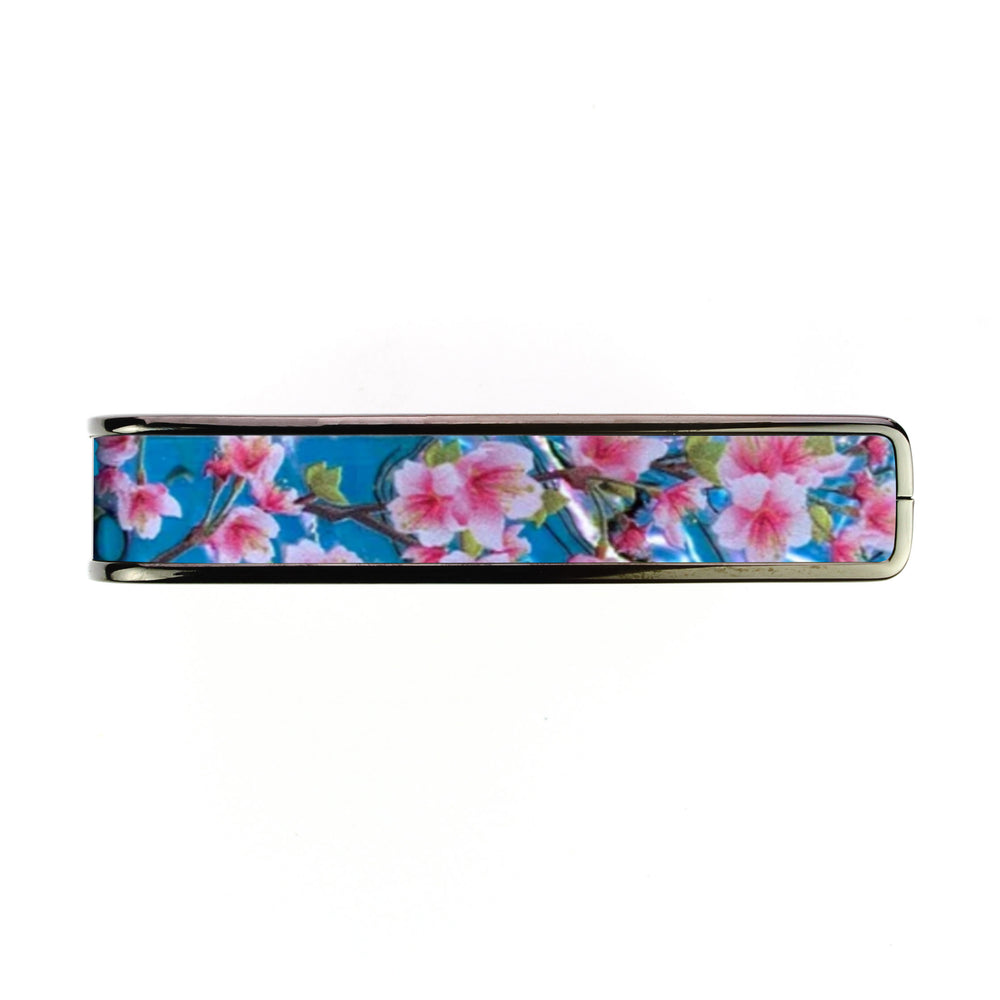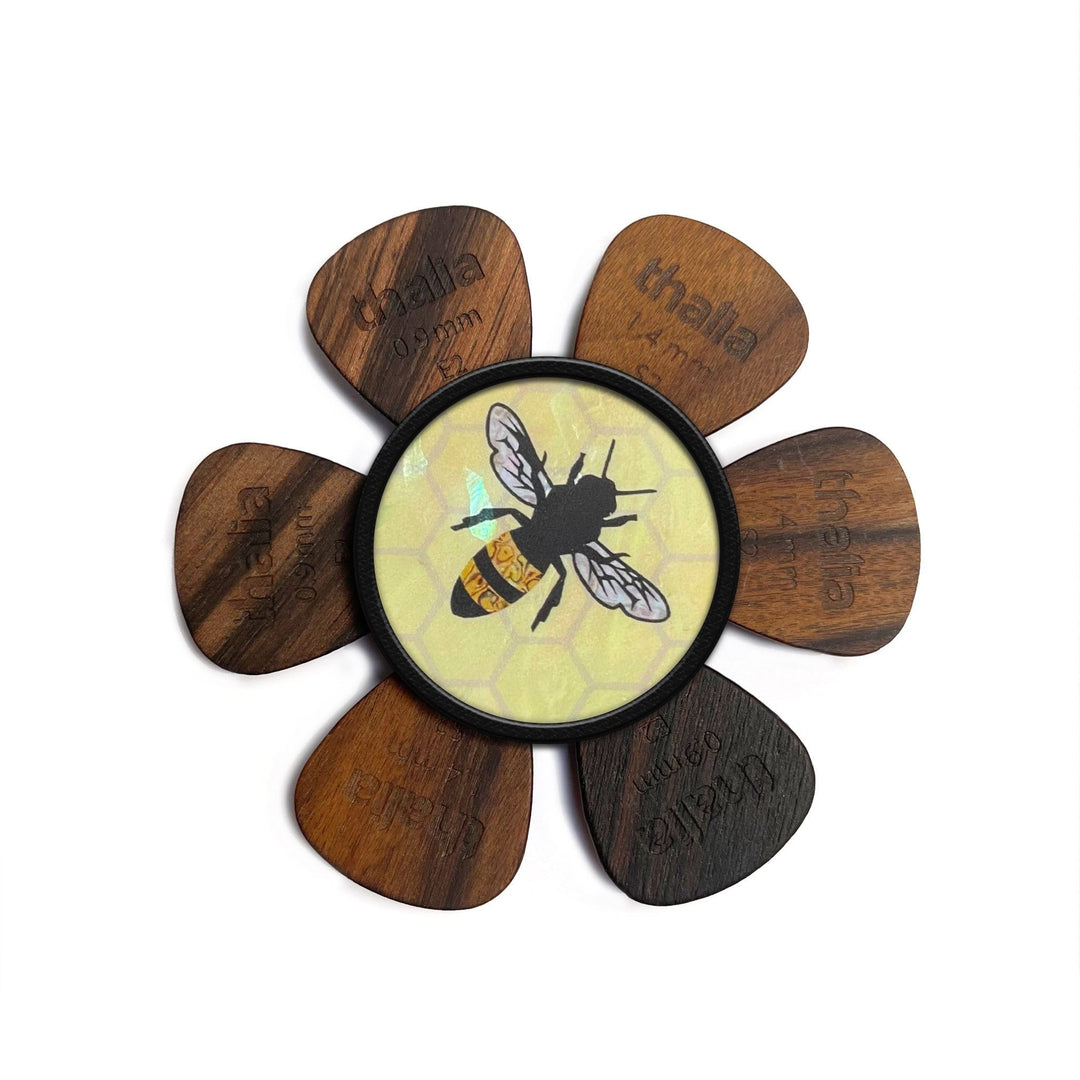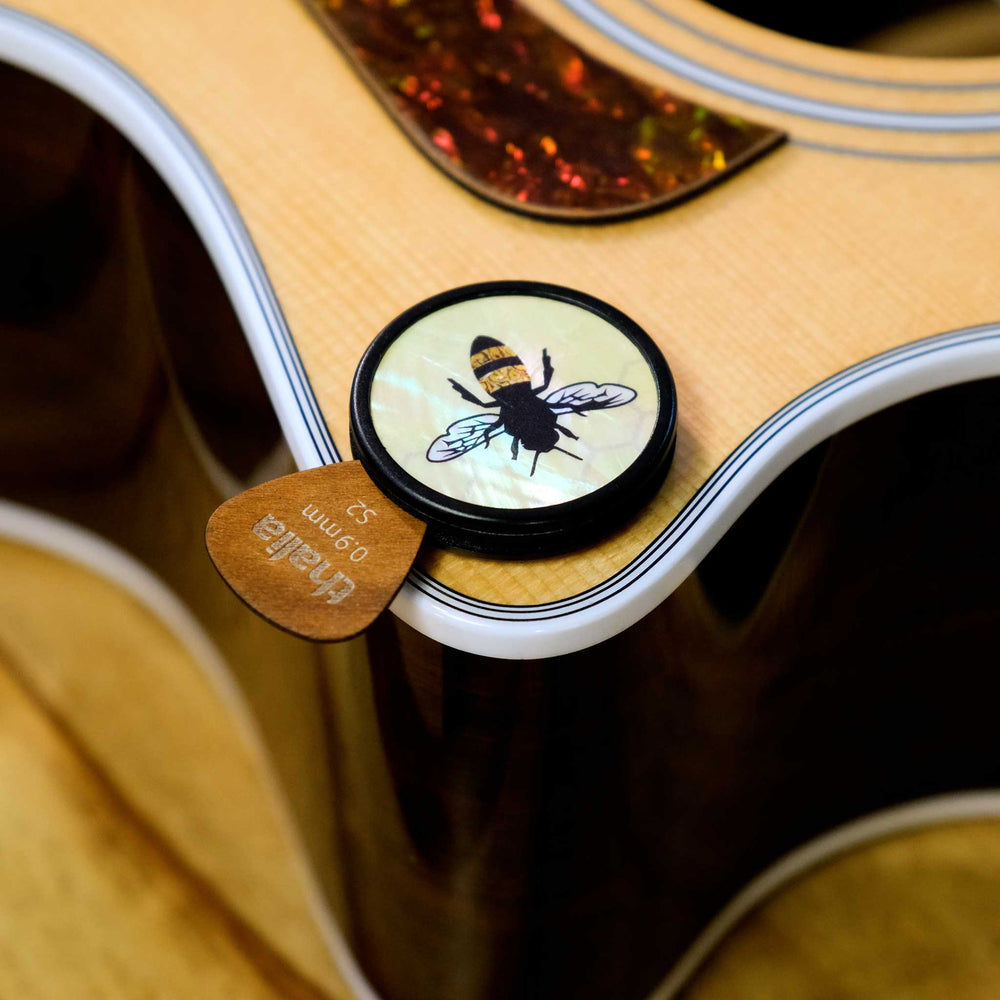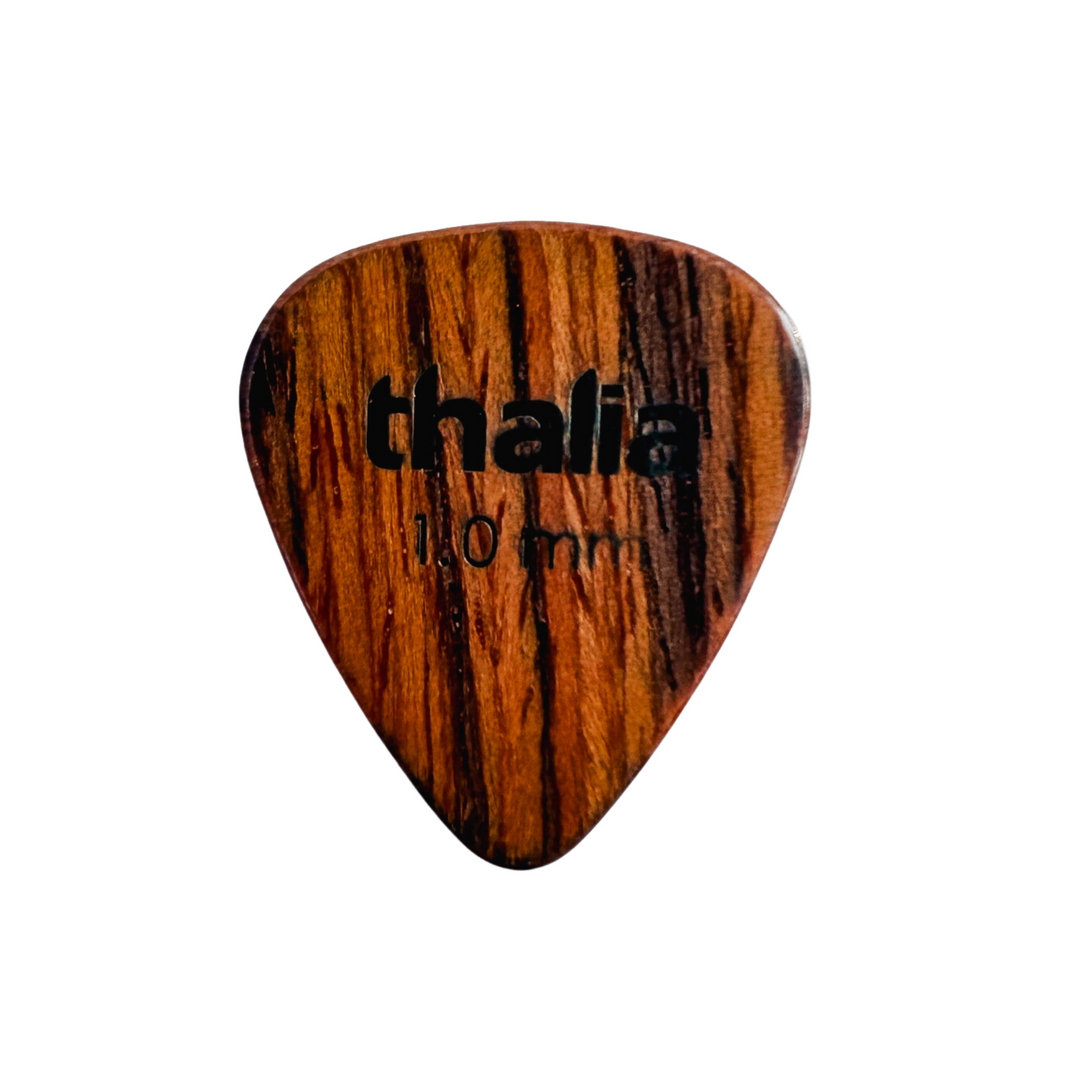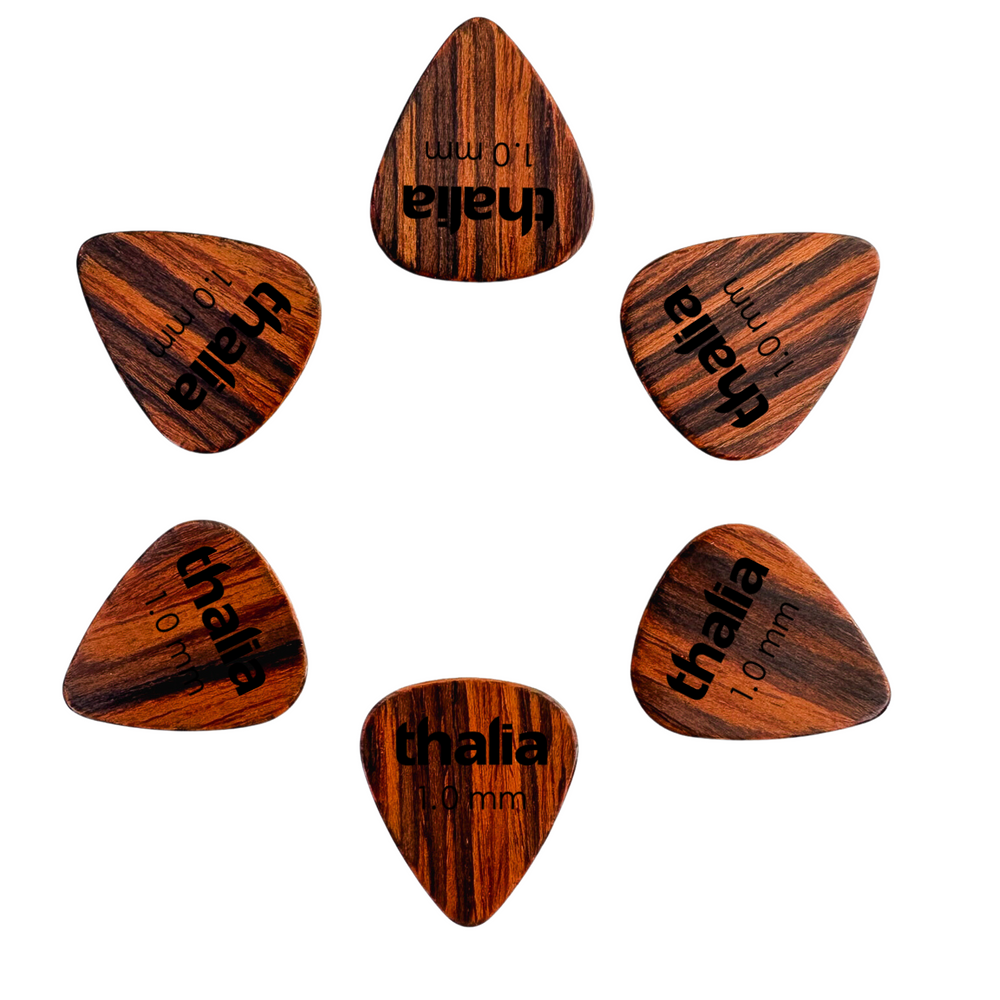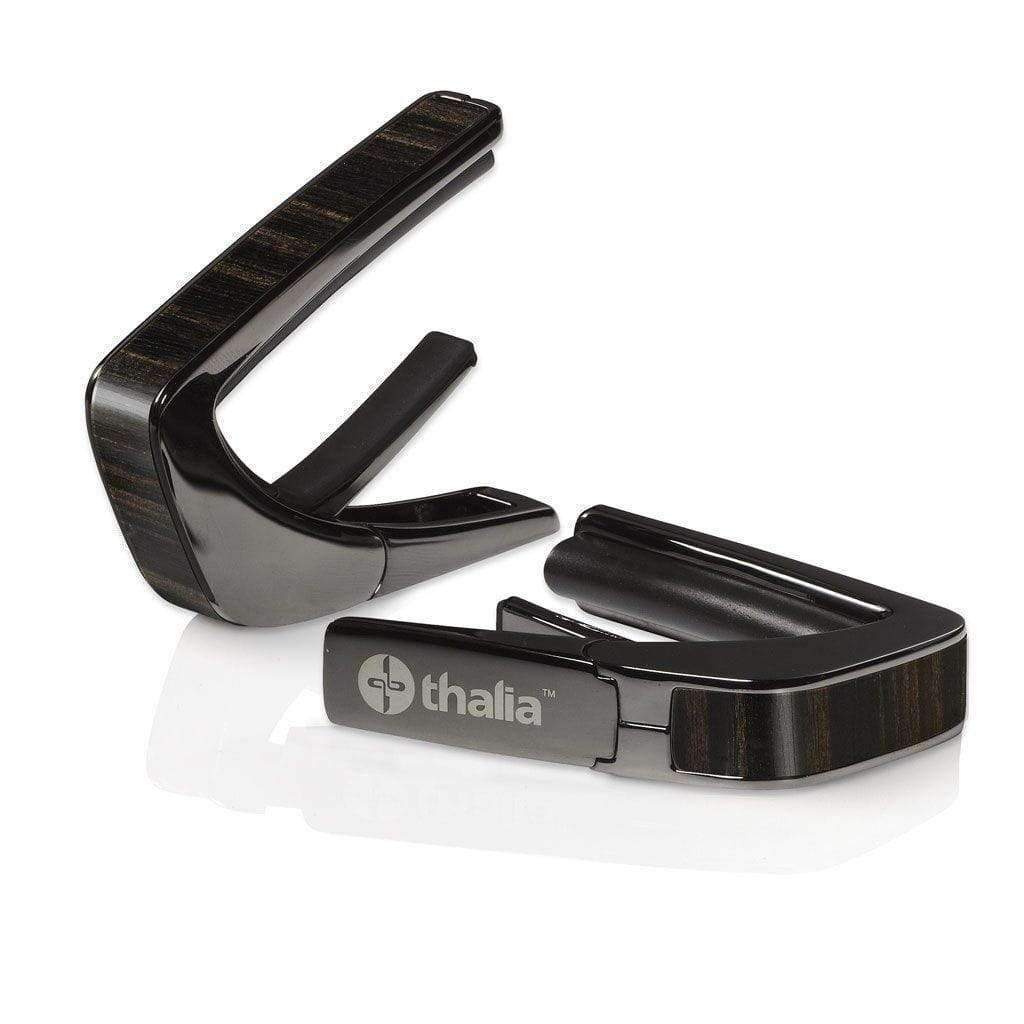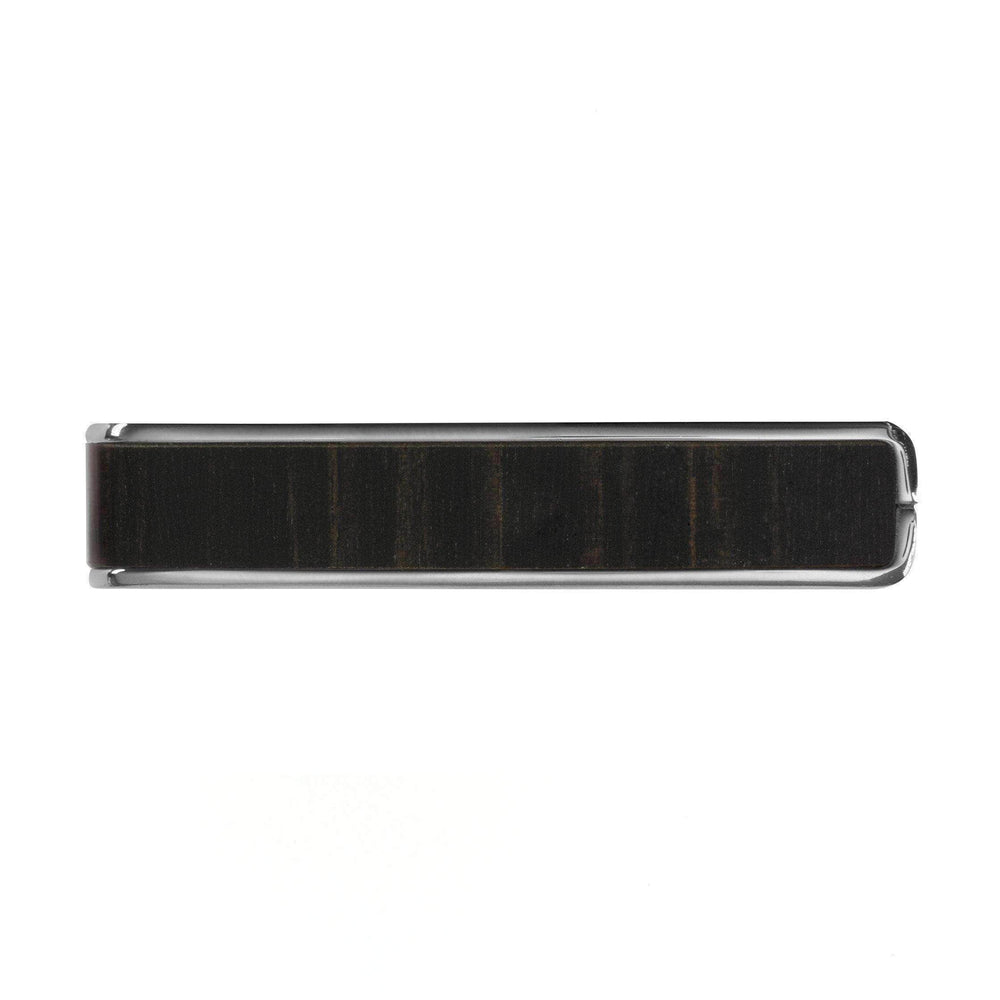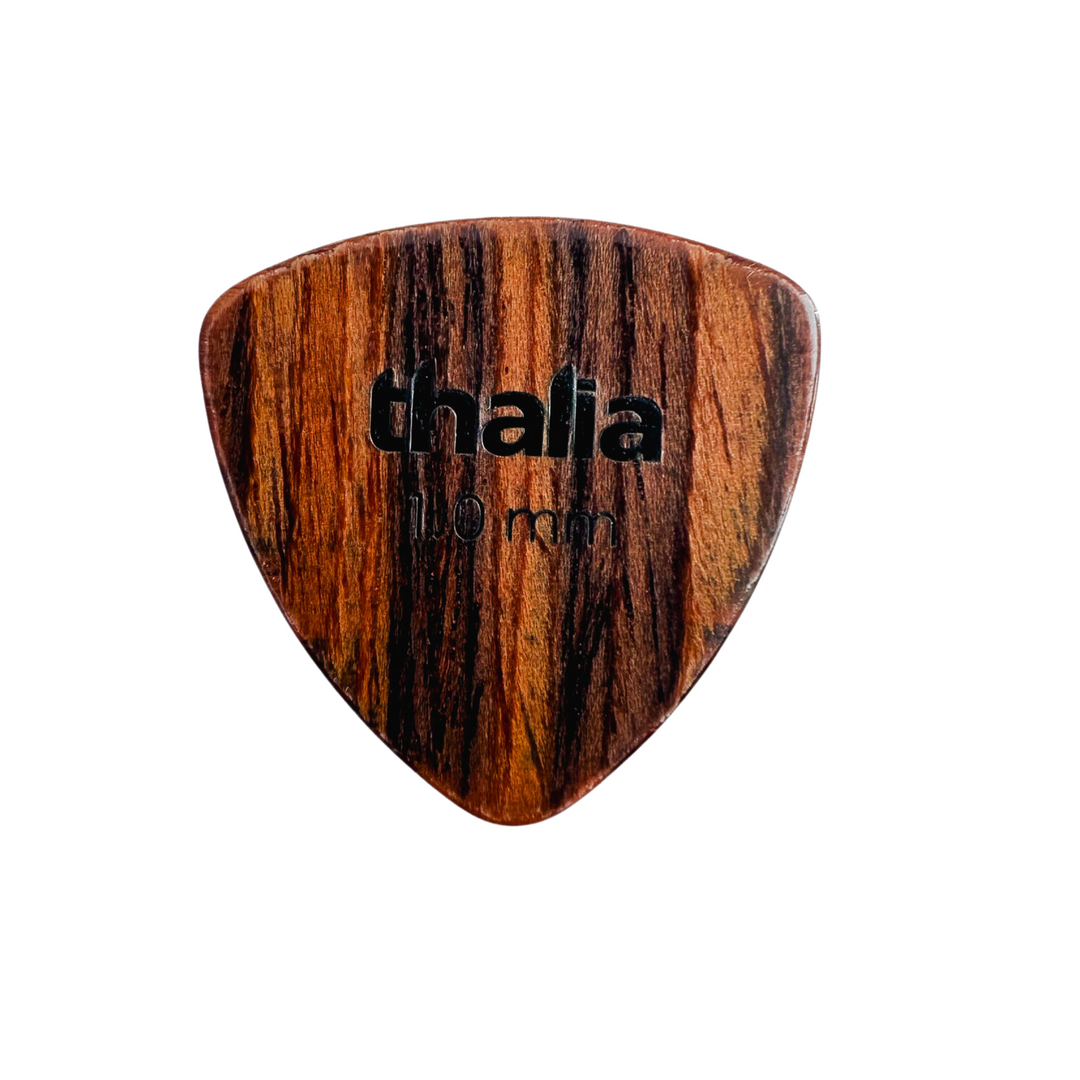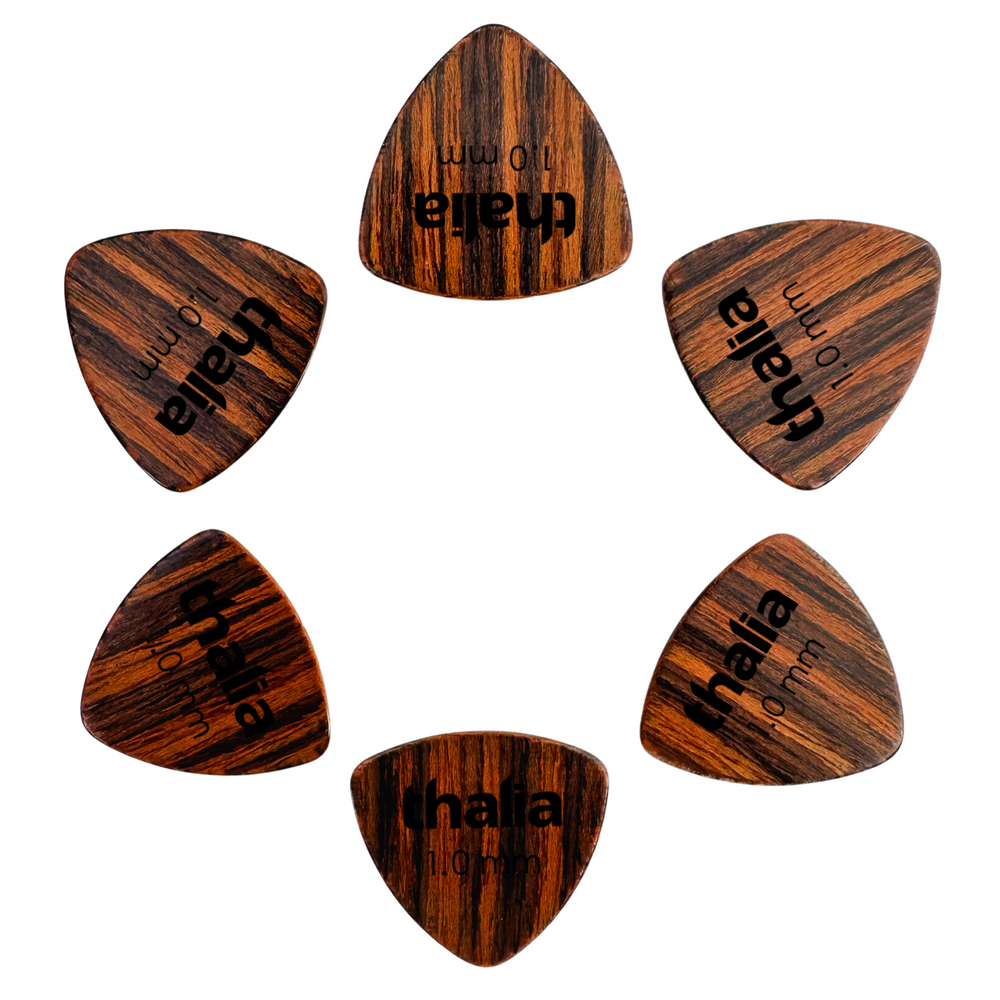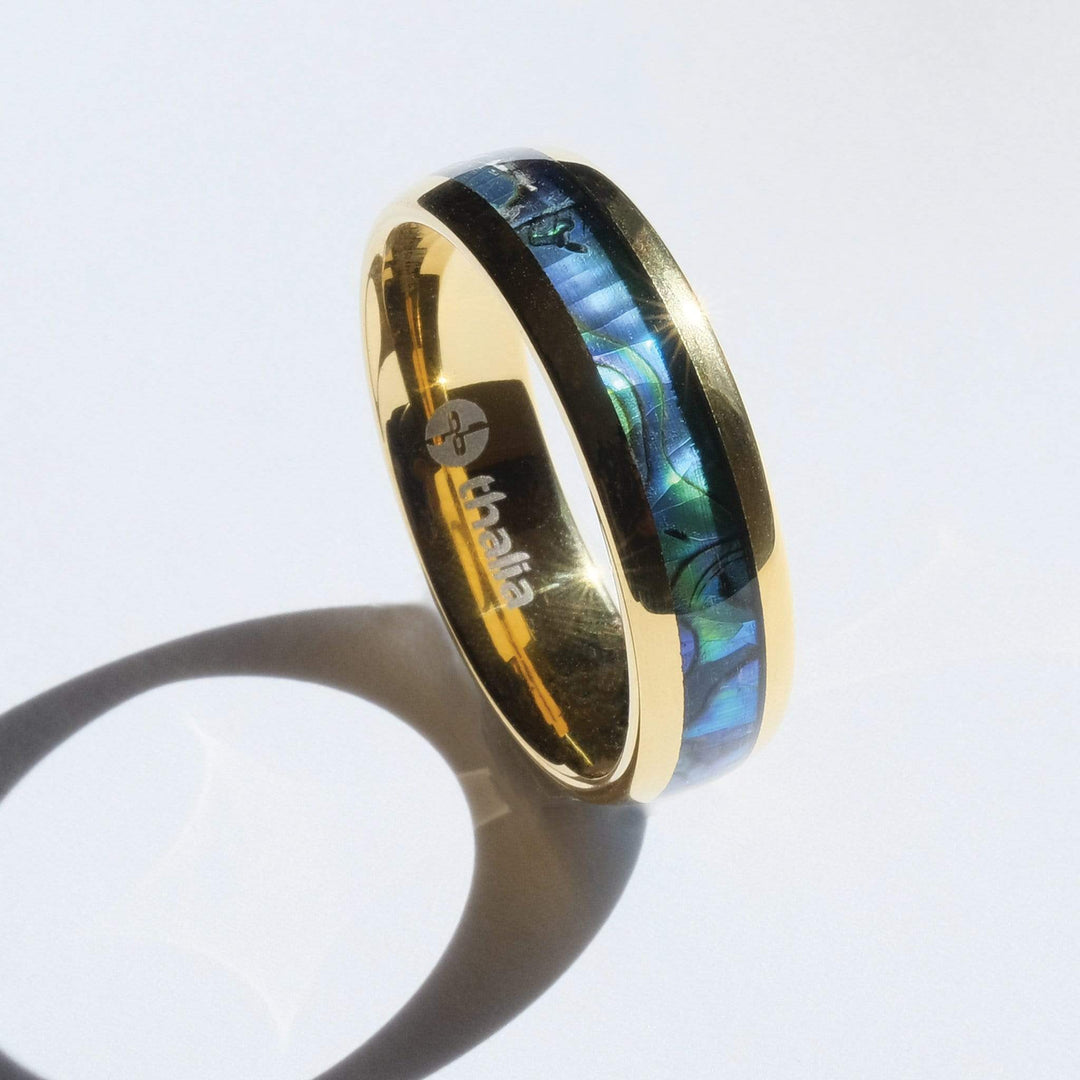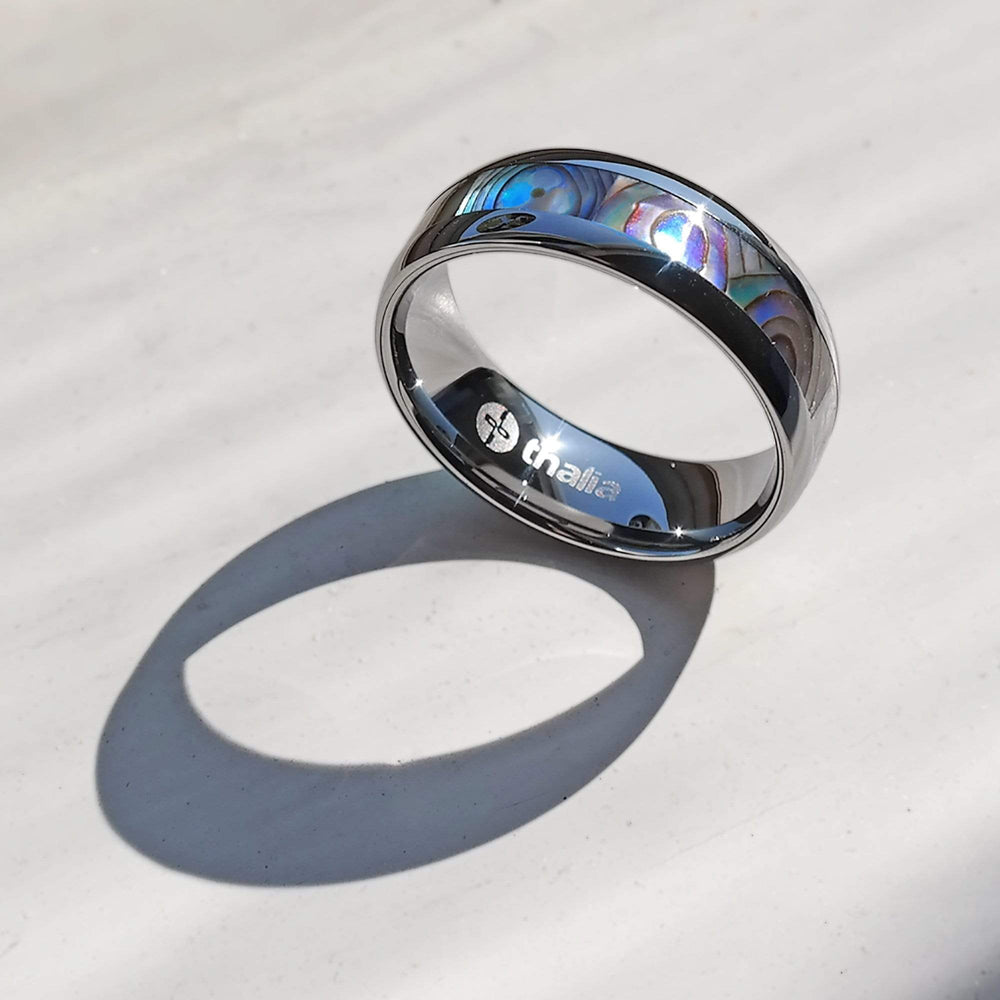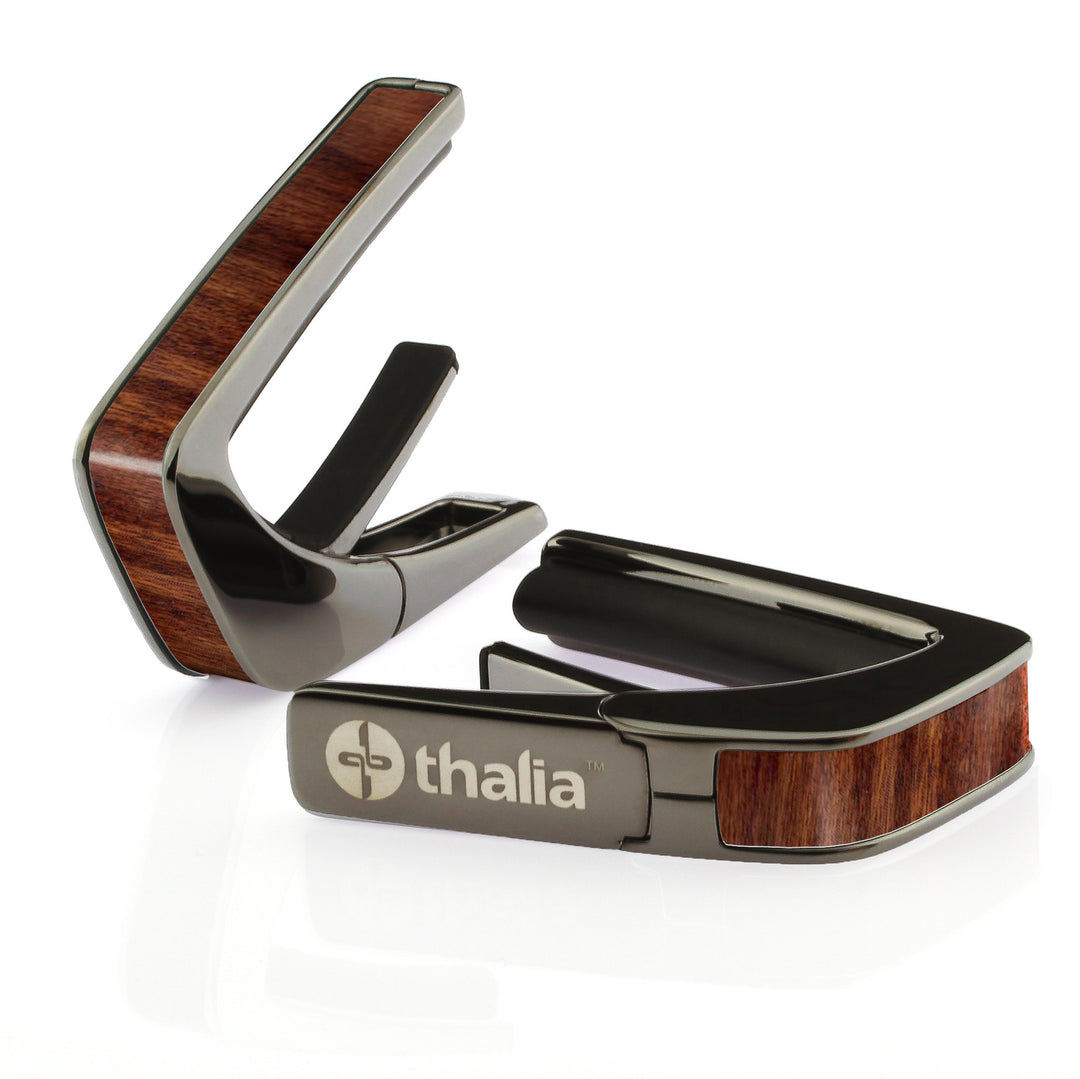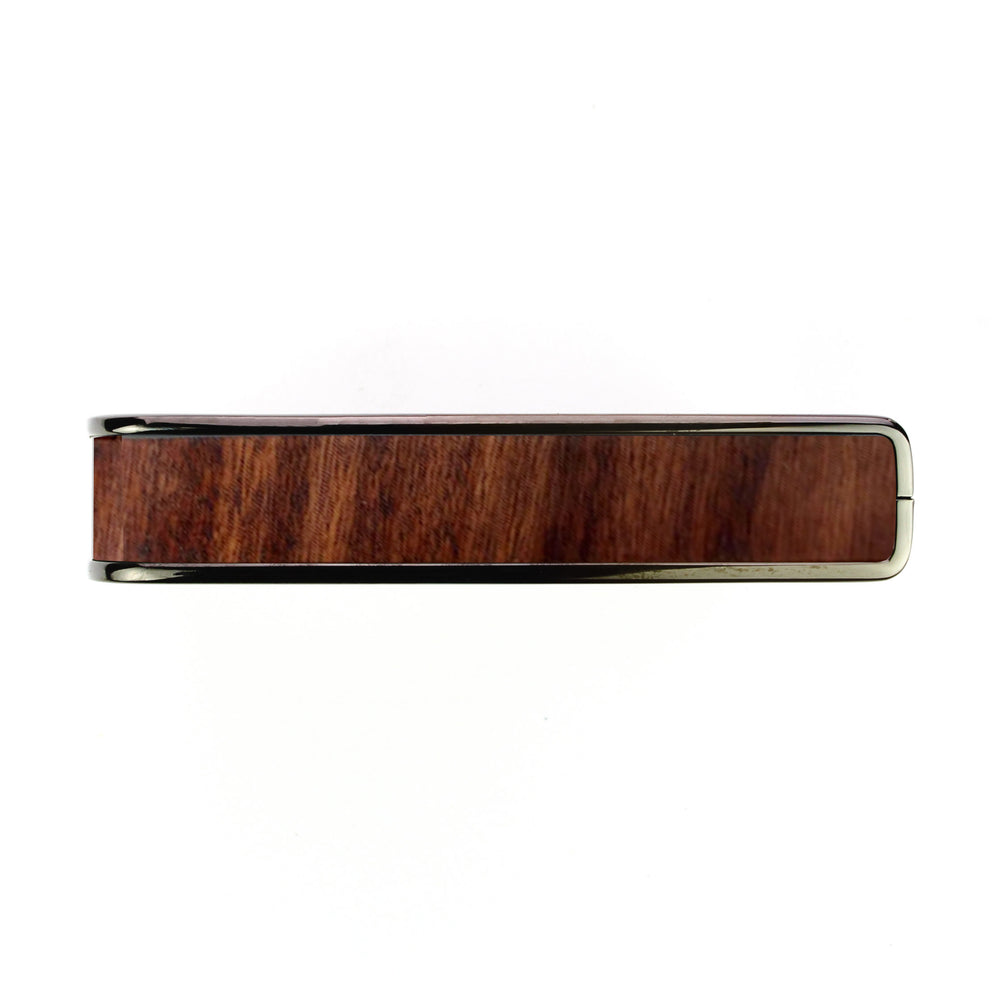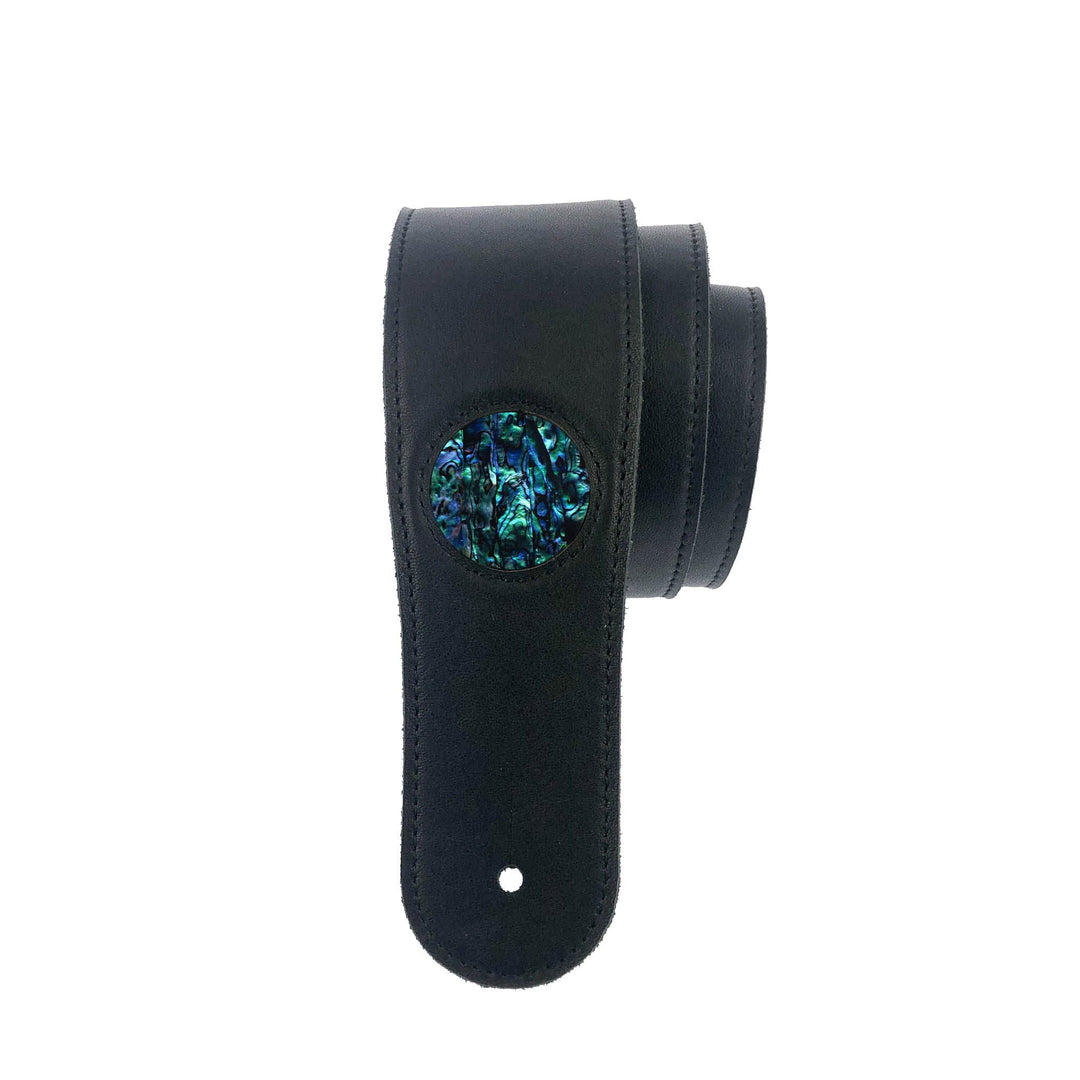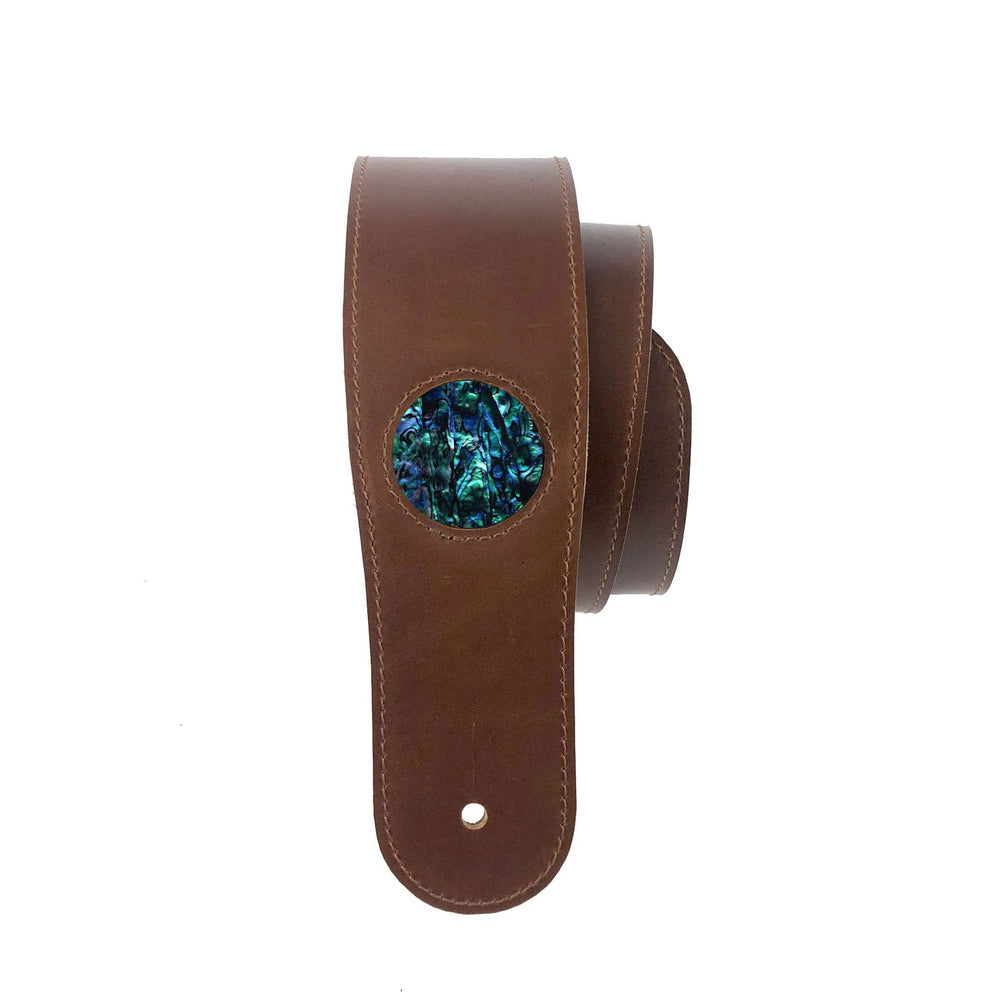Know Your Acoustic Body: Dreadnought
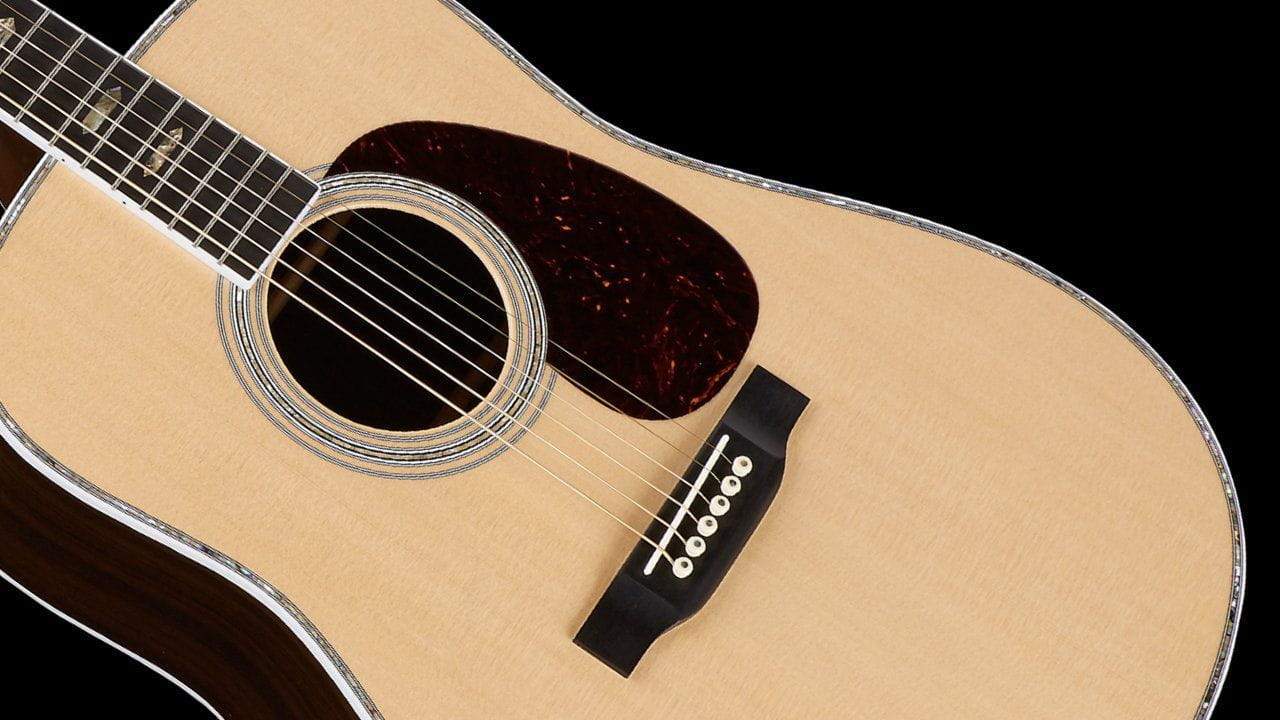
Acoustics come in all shapes and sizes. That’s great news for guitar players looking for a particular sound, and, when you find the acoustic guitar that matches your playing, it’s a transformative experience.

When you’re new to the world of acoustics, though, that variety is often as overwhelming as it is exciting. And, while buying your first acoustic guitar is a right of passage, it can also be a bewildering and frustrating experience.
But, it doesn’t have to be that way, and this is where this series comes in. Over several editions of “Know Your Acoustic Body,” we’re going to get to grips with the myriad six-string types on the market; their origins, their characteristics, and the guitarists that play them. By the end of this journey, you’ll be well versed in the types of acoustic guitar out there, knowing your Parlour from your Jumbo and your 000 from your OM.
Today, we’re diving in with an iconic and enduring type: the Dreadnought. Given the nautical origins of this instrument’s name, “diving in” is entirely appropriate!
Origins
 Dreadnought guitars have been a mainstay of the acoustic world for over 100 years now. But, their journey to the top of the acoustic guitar pile wasn’t exactly plain sailing (pun intended!).
Dreadnought guitars have been a mainstay of the acoustic world for over 100 years now. But, their journey to the top of the acoustic guitar pile wasn’t exactly plain sailing (pun intended!).
Originated by the C.F. Martin Company in 1916, the Dreadnought style was originally manufactured specifically for the Oliver Ditson Company.
Sales of those initial Dreadnoughts, however, were dismal, and Martin retired the design almost as soon as they originated it. They didn’t give up on the dreadnought completely, though. And, in 1931, they revised the design and reintroduced it to the marketplace.
The mahogany-bodied Martin D1 and rosewood-bodied D2 fared much better than the Ditson Company models, particularly with players in the bluegrass scene. In 1934, Gibson introduced their rival, Dreadnought-esque, J-35 to the market place, cementing the style as the acoustic-de-jour.
But what’s the deal with the name? Well, Martin christened the guitar after the HMS Dreadnought. Introduced by Britain’s Royal Navy in 1906, the massive Dreadnought was a quantum leap in battleship technology that revolutionized naval power.
Martin saw parallels between the ship, and their large sized, bold sounding guitar, hence the name. Oh, and by the way, Dreadnought, in archaic English, means “fearless.” Not a bad moniker for a faithful six string!
Characteristics
As I’ve already mentioned, the Dreadnought was larger than your average guitar circa 1931. And, that large size is integral to its sound. Thanks to its broad square shoulders and large internal cavity, the Dreadnought’s sound is very tight. Bass frequencies are accentuated, mid range is strong, and highs cut through.
Indeed, this “cutting through the mix” tone was a major factor in the Dreadnought’s rapid ascent to popularity, particularly with bluegrass players. For the humble flat picker in a typical mid-‘30s bluegrass ensemble, being heard was no mean feat. On the one hand, you were up against the brash, loud tones of your banjo plucker. On the other, the high end was dominated by the sound of the mandolin. But, thanks to its volume and tonal range, the Dreadnought held its own.
In no small part, the Dreadnought’s popularity endures because it’s a great all-rounder. It’s a comfortable, ergonomically designed instrument, and a well-constructed example is always easy to pick up and play. And, thanks to the aforementioned tonal qualities, it remains one of the most versatile instruments on the market. Speaking of which…
Who Plays One?
Perhaps the question here should be “who doesn’t?” Thanks to its incredible versatility, the Dreadnought is a mainstay of pretty much every genre. Country stars, folkies, blues heroes and rock n’ rollers have all wielded one at one time or another.
Johnny Cash, Joni Mitchell, Neil Young, David Crosby, Kurt Cobain, Elvis Presley… the list goes on.
Are you a Dreadnought player? Which of your acoustic heroes wield a Dreadnought-style guitar? Share your stories in the comments!



